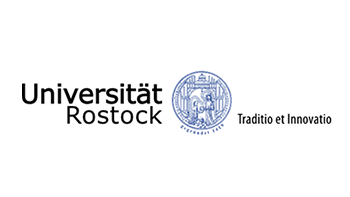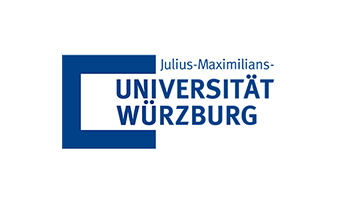Jun 4, 2025
Shared pathway-specific network mechanisms of dopamine and deep brain stimulation for the treatment of PD.
Binns TS, Köhler RM, Vanhoecke J, Chikermane M, Gerster M, Merk T, Pellegrini F, Busch JL, Habets JGV, Cavallo A, Beyer JC, Al-Fatly B, Li N, Horn A, Krause P, Faust K, Schneider GH, Haufe S, Kühn AA, Neumann WJ.
Nat Commun. 2025; 16(1): 3587.
doi: 10.1038/s41467-025-58825-z.
Download summary: ReTune PoM 2025-05 May
Beta oscillatory activity (13-30 Hz) in the subthalamic nucleus (STN) is a hallmark of Parkinson’s disease (PD) tied to motor symptom severity. Computational models and animal studies have highlighted the propagation of high beta (20-30 Hz) activity via the hyperdirect pathway, a monosynaptic connection from the cortex to the subthalamic nucleus, as a driver of pathological subthalamic low beta (13-20 Hz) oscillations. The hyperdirect pathway has long been hypothesized to be a key target related to therapeutic efficacy of deep brain stimulation (DBS), an effective treatment alternative to dopaminergic replacement therapy. However, whether or not DBS elicits or suppresses hyperdirect pathway communication and to what degree this is mirrored by dopamine remains unknown. Accordingly, there is great uncertainty surrounding the degree to which stimulation mimics the network mechanisms of dopaminergic action, a key factor in the development of next-generation neuromodulation approaches
To address this matter, our study systematically compares the effects of dopamine and STN-DBS on local mesoscale and interregional macroscale circuit communication with fully invasive neurophysiology and normative MRI connectomics in PD.
We found three key insights:
First, dopamine and DBS influence brain activity in distinct ways at a local level. We demonstrated for the first time that dopamine reduces abnormal high-beta (20-30) activity in motor areas of the cortex and increased activity in the mu/alpha (8-12 Hz) in regions related to sensory processing. DBS, in contrast, did not have local effects on cortical brain rhythms but modulated subthalamic brain signals by suppressing beta oscillations, as previously described.
Second, despite their differences locally, both dopamine and DBS weakened overactive high-beta (20-30 Hz) communication between the cortex and the STN. This pattern, involving rapid signal transmission through a pathway known as the “hyperdirect pathway,” has been linked to motor symptoms in Parkinson’s. Our findings show that dopamine, like DBS, can dampen this overactive pathway coupling.
Third, by linking these effects to large-scale brain connectivity maps, we were able to show that high-beta oscillatory communication was associated with structural fiber tract connectivity between motor cortex and STN. In contrast, low-beta oscillatory communication was associated with indirect pathways communication via the striatum and globus pallidus externus.
Together, our results suggest that deep brain stimulation may work, at least in part, by mimicking how dopamine modulates brain circuits. In the future, this may open up new possibilities for designing advanced neurotechnologies that could restore healthy brain communication in PD and related disorders, to restore physiological circuit communication, a major step for next-generation neuromodulation.
Thomas Binns
Thomas Binns is a PhD student in the Movement Disorders and Neuromodulation Unit at the Charité in the lab of Julian Neumann. His research focuses on characterising the pathological network activity of Parkinson’s disease and how therapies act to modulate these systems.
Prof. Julian Neumann
Julian Neumann is a Junior Professor for Invasive Neurotechnology in Berlin. His work aims to integrate insights from PD pathophysiology, basal ganglia function, dopamine and reinforcement learning into a holistic cortex – basal ganglia – circuit model and neurotechnological treatments.
PoMs 2025:
ReTune PoM 2025 Apr
ReTune PoM 2025 Mar
ReTune PoM 2025 Feb
ReTune PoM 2025 Jan











